Introduction
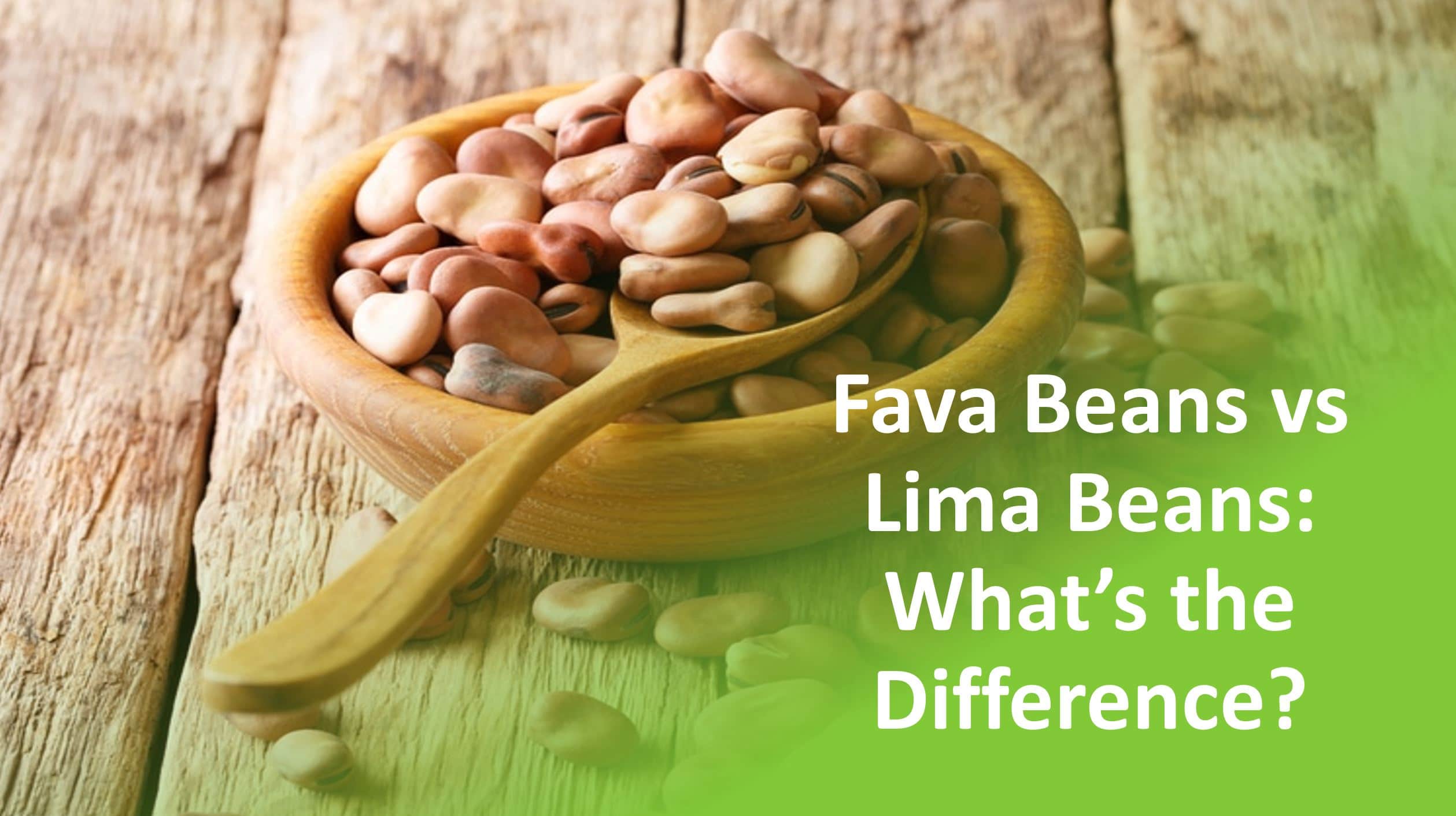
Lima beans and fava beans are two popular legumes that are known for their nutritional benefits and versatile culinary uses. While both beans offer a range of healthful properties, they differ in terms of their nutritional profiles, flavors, and textures. Understanding these distinctions can help you make informed choices when incorporating these beans into your diet. In this article, we will explore the nutritional benefits of lima beans and fava beans, as well as their various culinary applications. Whether you’re looking for a protein-rich addition to your meals or a new ingredient to experiment with, both lima beans and fava beans have something to offer.
Overview Of Lima Beans And Fava Beans
Lima beans and fava beans are both types of legumes that have been cultivated for centuries and are widely used in various cuisines around the world. Lima beans, also known as butter beans, have a smooth texture and mild, buttery flavor. They are native to South and Central America and are popular in dishes from these regions. Fava beans, also called broad beans, have a firmer texture and earthy, nutty flavor. They originated in the Mediterranean region and are commonly used in Italian, North African, and Middle Eastern cuisines. Both beans offer numerous nutritional benefits and can be incorporated into a variety of dishes.
Importance Of Nutritional Benefits And Culinary Uses
The nutritional benefits and culinary uses of both Lima beans and Fava beans hold great importance in promoting a healthy diet and adding variety to meals. These legumes are packed with essential nutrients such as protein, fiber, vitamins, and minerals, making them a valuable addition to any balanced diet. Their versatility in culinary applications allows for the creation of a wide range of dishes, including soups, salads, side dishes, and main courses. Incorporating Lima beans and Fava beans into one’s diet not only enhances nutritional intake but also adds delicious flavor and texture to meals.
Nutritional Benefits Of Lima Beans
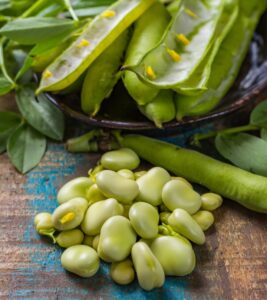
Lima beans offer an array of nutritional benefits that make them a valuable addition to any diet. They are rich in fiber and protein, which can promote feelings of fullness and aid in digestion. Additionally, Lima beans provide essential vitamins and minerals, such as folate, manganese, and potassium. These nutrients are important for maintaining overall health, supporting brain function, and regulating blood pressure. Incorporating Lima beans into meals can help meet daily intake recommendations for these vital nutrients, making them a nutritious and delicious choice for a well-balanced diet.
Rich In Fiber And Protein
Lima beans are a powerhouse when it comes to fiber and protein content. Just one cup of cooked lima beans provides about 15 grams of fiber and 15 grams of protein. This combination is not only great for promoting feelings of fullness and aiding in digestion, but it also helps maintain muscle health and repair tissues. The high fiber content in lima beans can also contribute to healthy digestion and prevent constipation. Adding lima beans to your meals is an easy way to boost your fiber and protein intake and support overall health.
Packed With Vitamins And Minerals
Both Lima beans and Fava beans offer a wide range of essential vitamins and minerals. Lima beans are particularly rich in vitamins B1, B5, and B6, which play a crucial role in energy production, brain function, and the metabolism of carbohydrates, proteins, and fats. They are also a good source of minerals such as manganese, potassium, and copper, which support bone health, blood pressure regulation, and overall immune function. On the other hand, Fava beans are abundant in iron, potassium, and magnesium, which are essential for blood health, muscle function, and nerve signaling. Incorporating these nutrient-dense beans into your diet can help ensure you’re meeting your daily vitamin and mineral needs.
Nutritional Benefits Of Fava Beans

Fava beans are packed with nutritional benefits. They are high in protein, making them an excellent plant-based source of this essential nutrient. Additionally, fava beans are rich in fiber, which aids in digestion and helps promote feelings of fullness. These beans are also a good source of vitamins and minerals, including folate, iron, and magnesium. Folate is essential for cell growth and development, while iron supports the production of red blood cells. Magnesium is important for muscle function and bone health. Adding fava beans to your diet can provide you with a range of nutrients and contribute to overall well-being.
High In Protein And Fiber
Fava beans are not only a rich source of protein, but they are also packed with fiber. Protein is essential for building and repairing tissues in the body, while fiber aids in digestion and promotes feelings of fullness. Adding fava beans to your diet can help increase your protein intake, especially for those following a plant-based or vegetarian diet. Additionally, the fiber content in fava beans can support healthy digestion and help regulate blood sugar levels. These factors make fava beans a nutritious and filling addition to your meals.
Abundance Of Vitamins And Minerals
Fava beans are abundant in vitamins and minerals, adding to their impressive nutritional profile. They are a great source of vitamin K, providing over 60% of the recommended daily intake in just one cup. Fava beans are also rich in folate, essential for fetal development and the production of red blood cells. Additionally, they contain significant amounts of magnesium and potassium, important minerals for maintaining healthy blood pressure and heart function. With their abundance of vitamins and minerals, fava beans make a valuable addition to any diet.
Culinary Uses Of Lima Beans
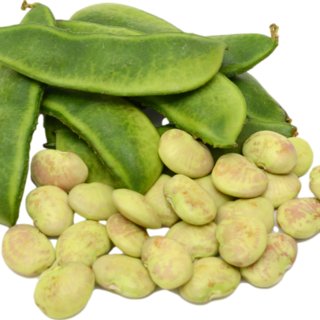
Lima beans are incredibly versatile and can be incorporated into various dishes. They are commonly used in soups, salads, and side dishes. Lima beans add a creamy texture and nutty flavor to soups, making them a delicious and nutritious addition. They can also be tossed into salads for an extra boost of protein and fiber. Lima beans can be the star of the show in main courses, such as casseroles or stir-fries, where they add a hearty and satisfying element. With their versatility, Lima beans can elevate any meal.
Versatility In Soups, Salads, And Side Dishes
Lima beans are incredibly versatile and can be incorporated into various dishes. They are commonly used in soups, salads, and side dishes. Lima beans add a creamy texture and nutty flavor to soups, making them a delicious and nutritious addition. They can also be tossed into salads for an extra boost of protein and fiber. Lima beans can be the star of the show in main courses, such as casseroles or stir-fries, where they add a hearty and satisfying element. With their versatility, Lima beans can elevate any meal.
Incorporating Lima Beans Into Main Courses
Lima beans are not only versatile in soups, salads, and side dishes, but they can also take center stage in main courses. Their creamy texture and nutty flavor make them a delicious addition to casseroles and stir-fries. One popular dish is a creamy lima bean casserole, where the beans are cooked with a creamy sauce, vegetables, and topped with a crispy breadcrumb topping. Another option is to sauté lima beans with garlic, onions, and other vegetables, and serve them over rice or pasta. The possibilities are endless when it comes to incorporating lima beans into main courses, adding a heartiness and satisfying element to any meal.
Culinary Uses Of Fava Beans
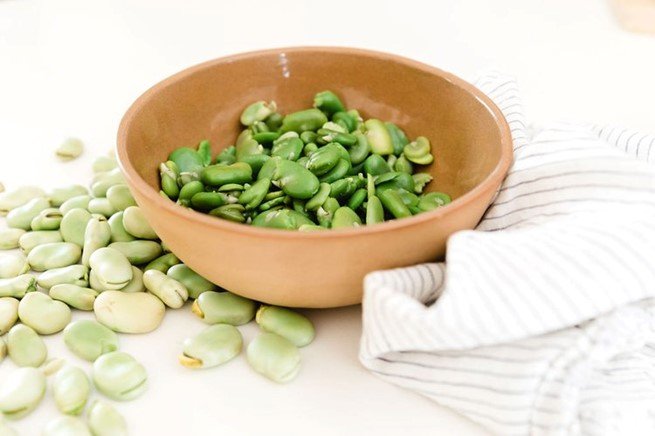
Fava beans have a long history in culinary traditions around the world. In Italian and North African cuisine, fava beans are often used to make delicious dishes such as pasta with fava bean pesto or fava bean crostini. In Mediterranean cuisine, they are a key ingredient in famous dishes like ful medames, a hearty Egyptian bean stew. Fava beans can also be roasted and added to salads for a nutty flavor and creamy texture. With their versatility, fava beans offer endless possibilities for creating flavorful and satisfying meals.
Traditional Dishes And Regional Specialties
Fava beans have a rich history in traditional dishes and regional specialties around the world. In Italy, fava beans are a key ingredient in dishes like pasta with fava bean pesto and fava bean crostini. They are also widely used in North African cuisine, particularly in a hearty bean stew called ful medames. In Mediterranean countries, fava beans are often added to salads or served roasted as a delicious appetizer. With their distinct flavor and creamy texture, fava beans bring a unique touch to these traditional dishes, showcasing their versatility and culinary appeal.
Creative Ways To Cook With Fava Beans
Fava beans offer a wide range of culinary possibilities, allowing you to get creative in the kitchen. Here are some exciting ways to incorporate fava beans into your recipes:
- Fava Bean Dip: Blend cooked fava beans with garlic, lemon juice, olive oil, and your favorite herbs and spices to create a delicious and nutritious dip.
- Fava Bean Mash: Mash cooked fava beans with butter, salt, and pepper for a smooth and creamy side dish that pairs well with grilled meats or roasted vegetables.
- Fava Bean Salad: Toss cooked fava beans with fresh herbs, cherry tomatoes, feta cheese, and a tangy vinaigrette for a refreshing and protein-packed salad.
- Fava Bean Croquettes: Mix mashed fava beans with breadcrumbs, eggs, and seasonings, then shape into patties and fry until golden brown for a crispy and satisfying appetizer.
- Fava Bean Soup: Simmer cooked fava beans with onions, garlic, vegetable broth, and spices to create a comforting and hearty soup that’s perfect for colder days.
These creative ideas will elevate your fava bean dishes and showcase the versatility of this nutritious legume. Enjoy experimenting in the kitchen and discovering exciting new flavors!
Conclusion
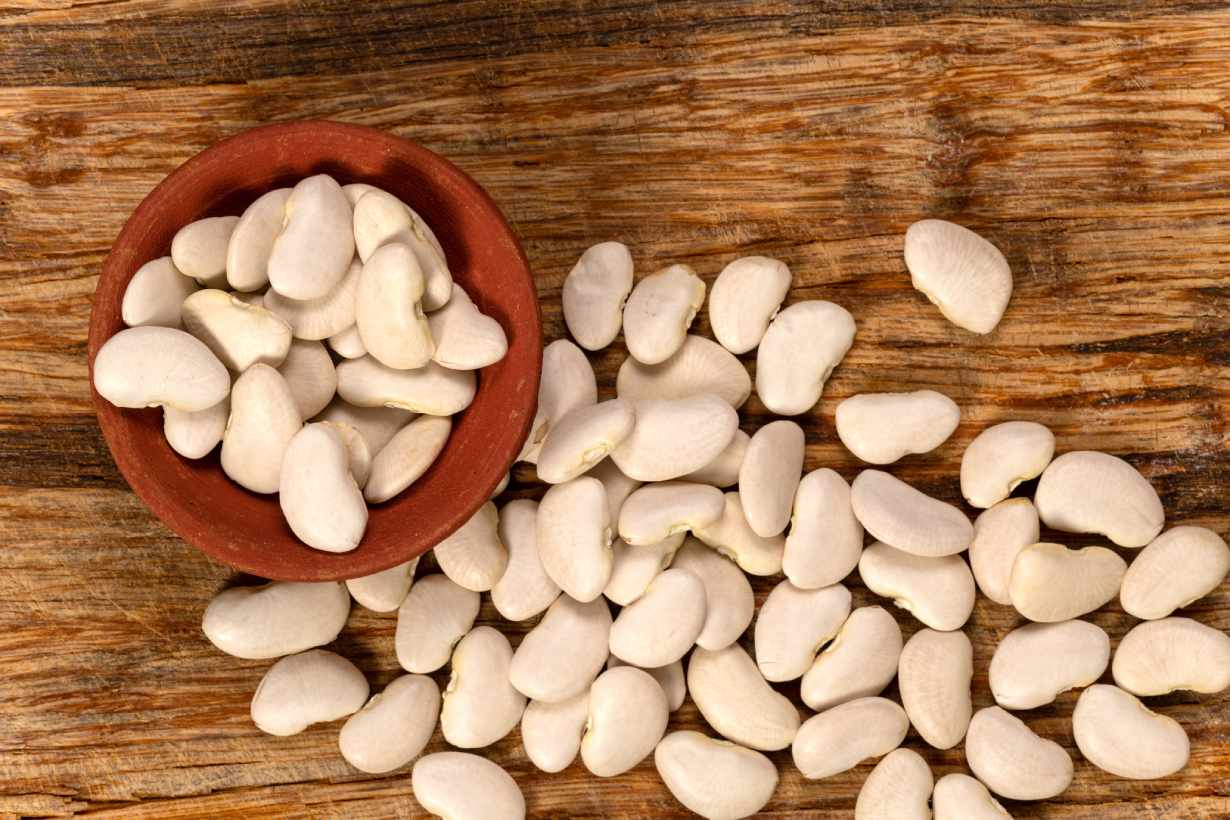
In conclusion, both Lima beans and Fava beans offer significant nutritional benefits and can be used in a variety of culinary applications. Lima beans are rich in fiber and protein, while Fava beans are high in protein and fiber. Both beans are packed with vitamins and minerals, although they differ in their specific nutrient profiles. Lima beans are versatile in soups, salads, and side dishes, while Fava beans are commonly used in traditional dishes and can be creatively incorporated into recipes. Ultimately, choosing between Lima beans and Fava beans depends on individual taste preferences and desired nutritional benefits.
Comparing Lima Beans And Fava Beans
Lima beans and fava beans offer similar nutritional benefits, but they have some distinct differences. Fava beans are higher in protein, potassium, and magnesium compared to lima beans. They also contain more folate. On the other hand, lima beans are a great source of vitamins A and C, while fava beans are rich in vitamin B6. Additionally, fava beans are commonly used in Italian and North African dishes, while lima beans are popular in South American and Caribbean cuisine. Choosing between lima beans and fava beans depends on individual taste preferences and desired nutritional benefits.
Choosing The Right Bean For Nutritional And Culinary Needs
When it comes to choosing between Lima beans and Fava beans, it ultimately depends on your nutritional and culinary needs. If you’re looking for a bean with higher protein, potassium, and magnesium content, then Fava beans are the way to go. They also pack a punch of folate and vitamin B6. On the other hand, if you’re seeking a bean rich in vitamins A and C, Lima beans are your best bet. Additionally, consider the different culinary uses each bean offers. Fava beans are commonly used in Italian and North African dishes, while Lima beans shine in South American and Caribbean cuisine. So, whether you’re looking for a specific nutrient boost or want to experiment with different flavors in your recipes, choose the bean that best suits your needs.
Frequently Asked Questions: Lima Beans vs Fava Beans
Q: What are Lima Beans and Fava Beans?
A: Lima beans and fava beans are both types of legumes that belong to the same family, but they differ in terms of size, texture, taste, and nutritional value.
Q: What size are Lima Beans and Fava Beans?
A: Lima beans are small and flat, usually about the size of a small marble or thumbtack. On the other hand, fava beans are much larger, closer in size to a grape or even a small plum.
Q: How does the texture of Lima Beans and Fava Beans differ?
A: Lima beans have a smooth and buttery texture when cooked, making them perfect for soups, stews, and purees. In contrast, fava beans have a slightly grainy texture that can be enjoyed in a variety of dishes like salads, dips, and stir-fries.
Q: Are Lima Beans and Fava Beans different in taste?
A: Yes, they have distinctive flavors. Lima beans have a mild, delicate flavor with hints of nuttiness, while fava beans possess a slightly earthy and slightly bitter taste. Both can be quite tasty when seasoned and cooked appropriately.
Q: Which one is more commonly used in recipes?
A: Lima beans are more popular in North America, where they are frequently used in succotash, casseroles, and side dishes. Fava beans, on the other hand, are more commonly used in Mediterranean and Middle Eastern cuisines, often found in dishes such as falafel, ful medames, and pasta dishes.
Q: Are there any nutritional differences between Lima Beans and Fava Beans?
A: Both beans are highly nutritious and rich in protein, fiber, vitamins, and minerals. However, fava beans tend to have slightly higher amounts of protein and fiber compared to lima beans. Additionally, fava beans are also a good source of folate and iron.
Q: Are Lima Beans and Fava Beans suitable for everyone?
A: Both beans are generally safe for consumption by most people. However, it’s essential to note that some individuals may have specific dietary restrictions or allergies. As always, it is advisable to consult with a healthcare professional if you have any concerns.
Q: How do you prepare Lima Beans and Fava Beans?
A: Lima beans can be boiled, steamed, or sautéed. They are often cooked with added ingredients such as aromatics, herbs, and spices to enhance their flavor. Fava beans, on the other hand, require a few additional steps before cooking, such as removing the outer skin or blanching them. They are commonly used in various recipes, either boiled, mashed, or incorporated into dishes.
Q: Can Lima Beans and Fava Beans be substituted for one another in recipes?
A: While they have differing tastes and textures, both Lima beans and fava beans can be substituted for one another in certain recipes. However, keep in mind that the overall flavor and texture of the dish might be altered. It’s always best to choose the bean that complements your recipe the most.
Q: Are Lima Beans and Fava Beans easily accessible?
A: Lima beans can typically be found canned, frozen, or dried in most supermarkets. Fava beans, on the other hand, might be a bit more challenging to locate, especially fresh ones. However, dried and frozen fava beans are usually available in specialty stores and some larger supermarkets.
In conclusion, Lima beans and fava beans differ in size, texture, taste, and nutritional value. While Lima beans are smaller, smoother, and have a milder taste, fava beans are larger, grainier, with a slightly earthy flavor. Both beans are highly nutritious and can be prepared in a variety of dishes. So, whether you choose lima beans or fava beans, you can enjoy their unique flavors and health benefits.

From At-Home Dinner Parties to Family Reunions to Office Parties, we can cater your next Event!